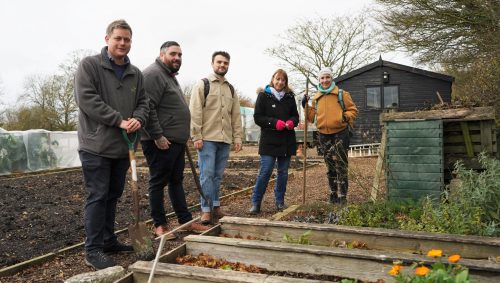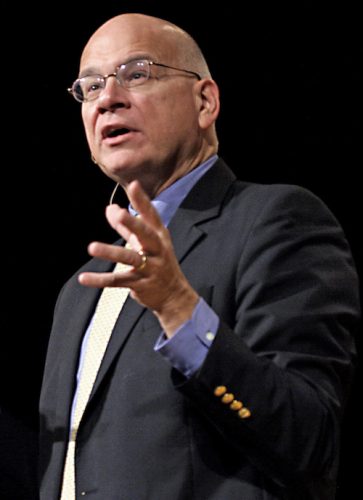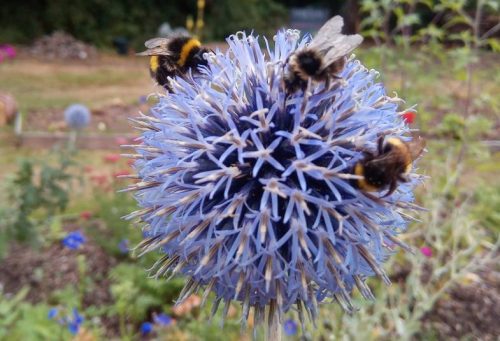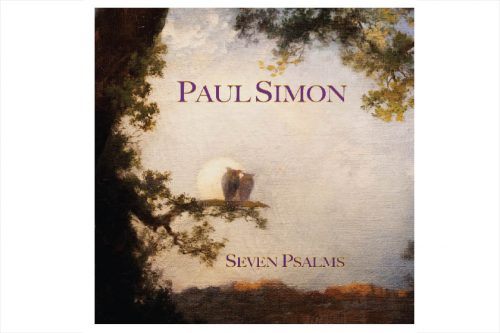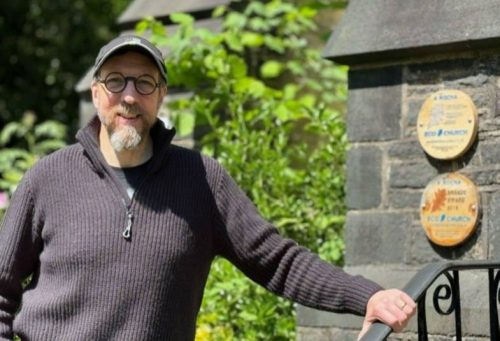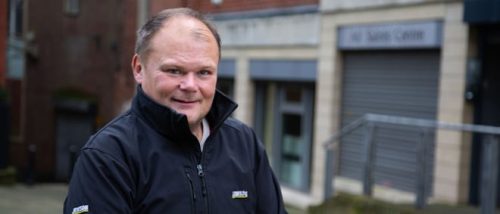Volunteers at a Cornwall church have turned their neglected village churchyard into a thriving patch for crops, flowers and wildlife, reports churchofengland.org
Nature-loving locals can visit the grounds of St Michael’s Church, Landrake, and see hedgehogs, slow worms, the occasional smooth snake, finches, song thrushes and more – and from June, will be able to grab some groceries there, too.
The cost-of-living crisis accelerated plans to develop extra food support for the village. By growing their own beetroot, radishes, mixed salad leaves, herbs, raspberries, pears and apples, (on land that is not part of the burial area) the church can bolster their existing efforts to support people in need through their unofficial food bank.
For the last four years the church has also had permission to glean unwanted cauliflowers and potatoes from nearby farms and distribute them to families in the area. They also contribute food to a local community lunch that takes place in Landrake once a month, which in turn generates funds for local charities.
“What better way is there to show Christ’s love than by reaching out to people and trying to give them what they need?” asks Carolyn Whittaker, a churchwarden at St Michael’s.
“Our mission statement is to be a visible Christian presence both in the village and for the village. It’s what the church is about. It’s got to be here for everyone.”
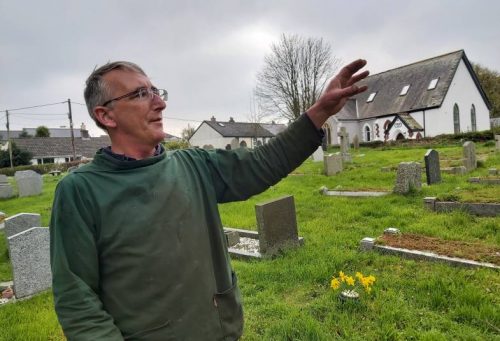 St Michael’s churchyard is part of a growing number of projects within the Diocese of Truro where volunteers have been using church land, with the goodwill and support of local people, to produce healthy, natural food to help sustain their communities.
St Michael’s churchyard is part of a growing number of projects within the Diocese of Truro where volunteers have been using church land, with the goodwill and support of local people, to produce healthy, natural food to help sustain their communities.
The Reverend Richard Magrath, the vicar at St Michael’s, said: “This is a symbol of God’s good creation, through which we show our love for our village neighbours.”
Over the last five years, the churchyard has become home to a whole host of animals: treecreepers, blue tits and robins find a home there, as well as four different species of bat, including the greater horseshoe bat.
Simon Norris (pictured above), a volunteer at St Michael’s churchyard, said: “This is my church here – here in nature.”
Each summer the church holds a fair in the churchyard to introduce local families to the abundant wildlife on their doorsteps. At the fair, Simon often dissects owl pellets to enlighten and entertain children and their parents. He’s now working on growing a small wildflower meadow in the church grounds.
Speaking of the support the church has received through its food and wider initiatives, he said: “It’s brought the church right back into the community. The positivity of the village is absolutely stunning.
“People stop us in the street and say it’s a brilliant idea. It’s restored people’s faith.”

